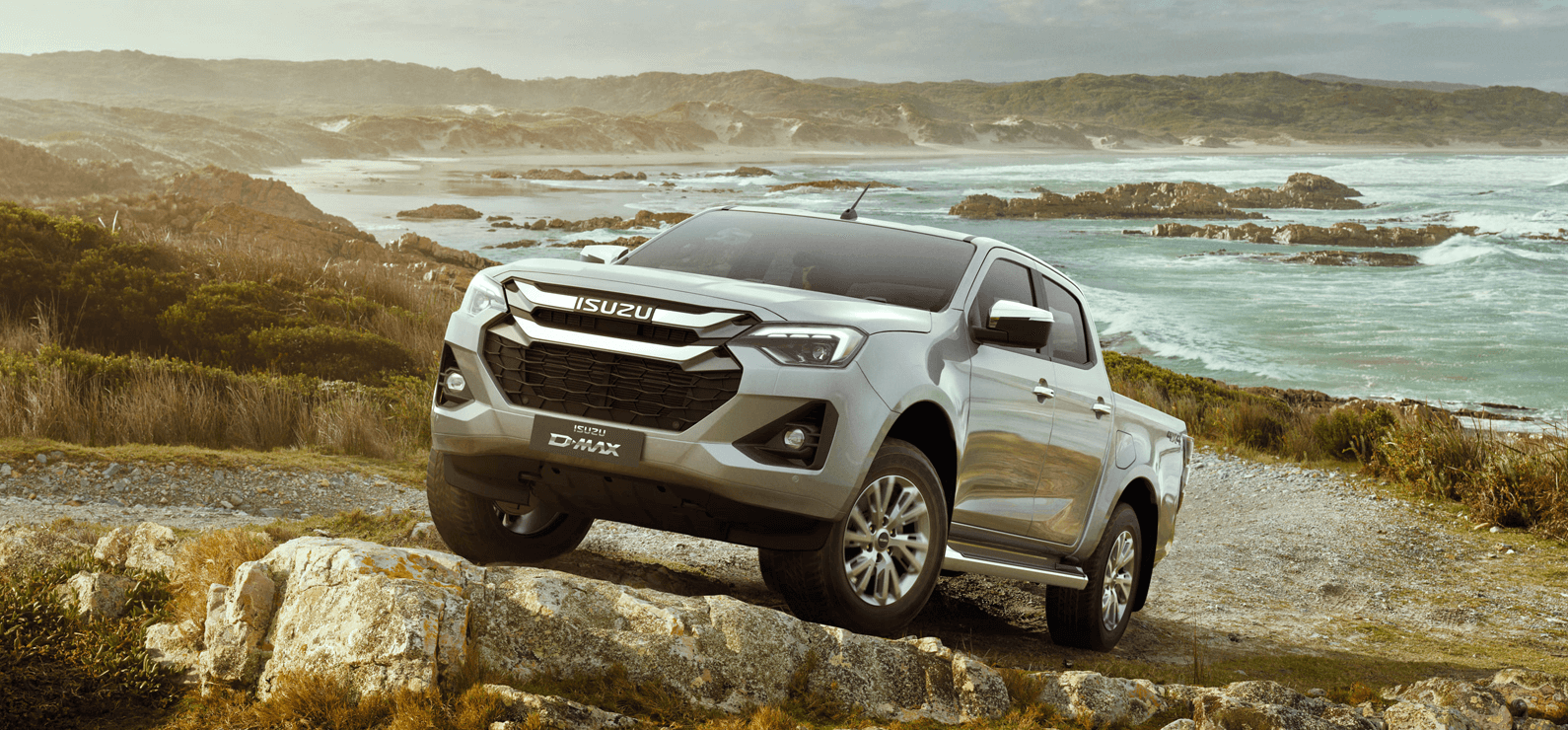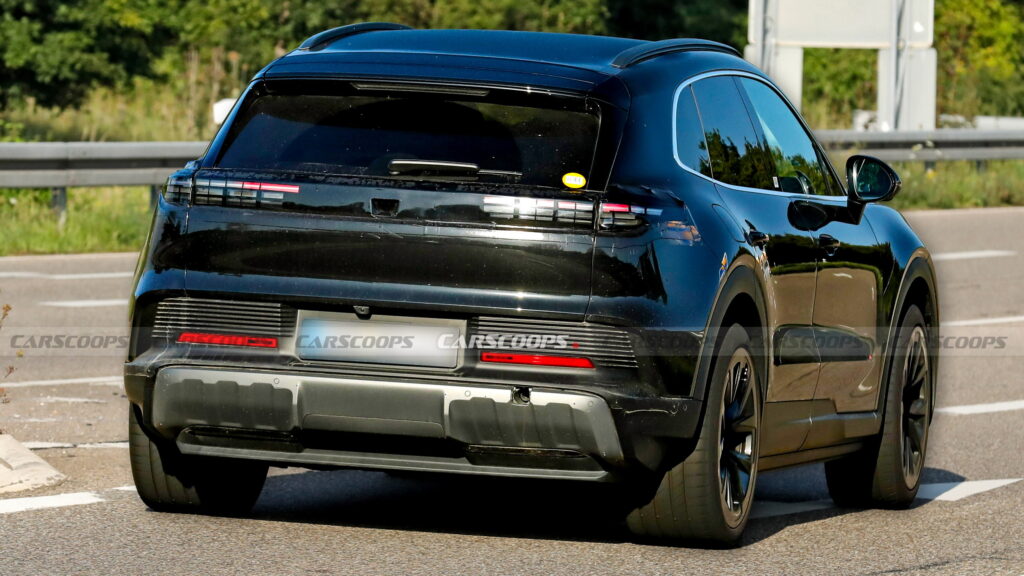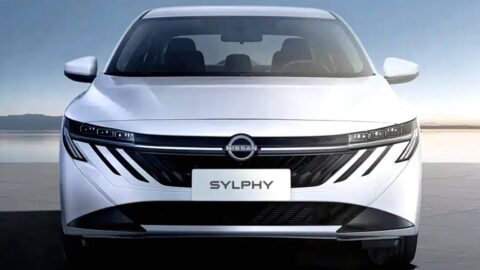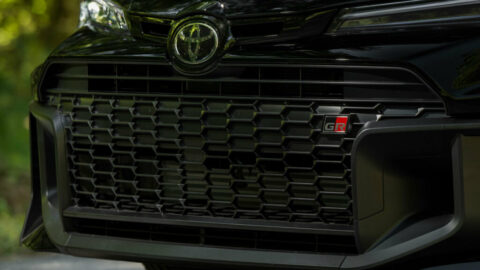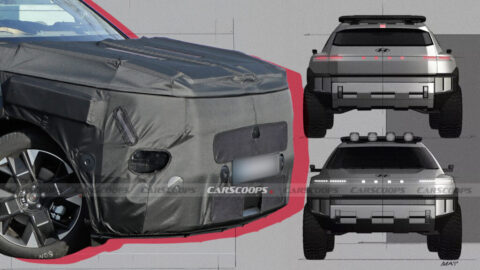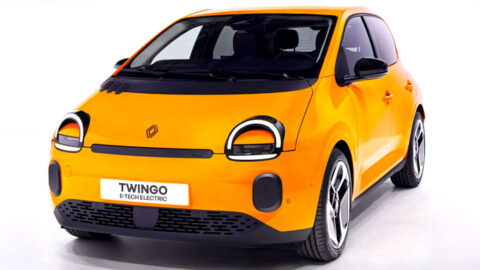- Porsche’s electric Cayenne will offer more power than the Turbo E-Hybrid version.
- Less flowing design separates EV visually from its combustion-powered sibling.
- A four-screen cabin layout marks a shift from Porsche’s traditionally clean interiors.
Next year, new car buyers looking for a high-end SUV with a luxury badge and cutting-edge tech will have something new to consider: an all-electric version of the Porsche Cayenne.
The EV follows in the tire tracks of the Macan Electric, offering a distinct design, an entirely battery-powered drivetrain, and a healthy performance boost, all while being sold alongside its combustion-engine sibling. For now, this prototype provides us with the clearest look yet at what’s to come.
Electric Design Language
Like the Macan Electric, the EV variant of the Cayenne will break from the smooth, flowing lines of the gas-powered model. The design appears more upright and muscular, starting at the front with a headlight treatment that mirrors the Macan. Each unit includes four slim horizontal daytime running lights that also function as turn signals.
Read: Porsche’s Next Electric SUV Could Be The Most Controversial One Yet
Baldauf
Much of the front end of this prototype has been covered by non-production-spec parts, but we can make out the shape of the lower grilles, the central positioning of the main radar unit, and the general shape of the bumper. Those lower grilles will be similar to what’s found on the 992.2-generation 911, meaning they have the ability to be opened or closed.
The rear-end design of the electric Porsche Cayenne should also look familiar. Like its smaller electric sibling, the new model will rock narrow LED taillights, likely joined by a light bar. Some of the plastic design details on the bumper and the diffuser also look a little cheap, but these elements should be refined by the time the production model is revealed.
More: Porsche’s Electric Cayenne Dash Packs Four Screens And Barely Any Buttons

Earlier spy shots give us a good idea of what to expect inside. The cabin will feature a fully digital curved instrument cluster, a wide central infotainment screen, a dedicated passenger display, and a separate touchscreen for climate controls. While this modern, screen-heavy layout may not appeal to every longtime Porsche fan, it’s clearly aligned with the brand’s push toward a more connected, tech-centric driving experience.
Serious Electric Performance
While debate may rage about the SUV’s design, power-hungry buyers should be more than satisfied with the performance on offer. Though official specs haven’t been released yet, early estimates suggest the base model could produce around 400 hp, with the mid-tier S variant climbing to nearly 600.
At the top of the range, the Turbo versions could push past 1,000 horsepower, comfortably outpacing the already formidable 730 hp from the current Cayenne Turbo E-Hybrid. Expect the quickest model to sprint from 0 to 60 mph (0-96 km/h) in the low two-second range, though Porsche will likely cap top speed at 155 mph (250 km/h), as it often does with its EVs.
When it comes to driving range, Porsche is reportedly aiming for between 350 and 400 miles on a full charge, depending on the variant. That figure would keep the Cayenne EV competitive with other high-performance electric SUVs, while also offering the kind of long-distance capability buyers expect at this level.

